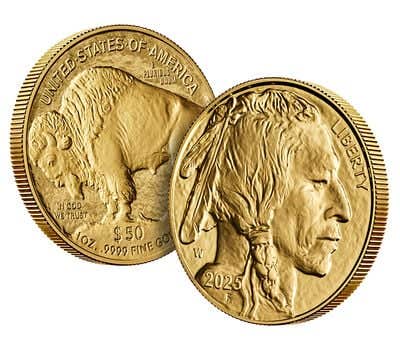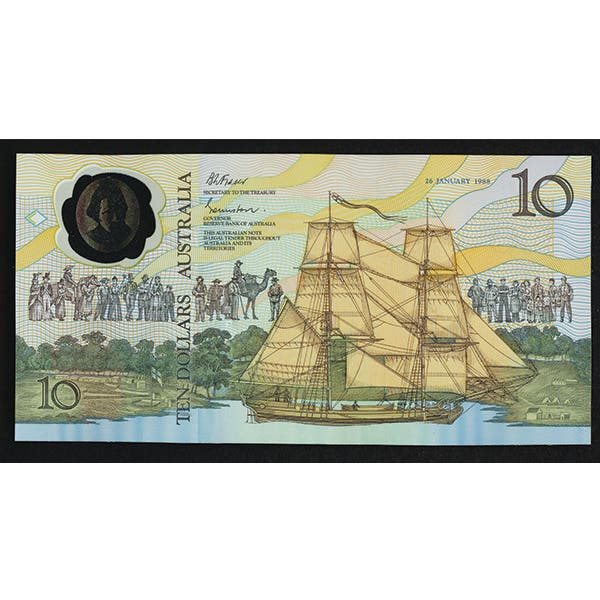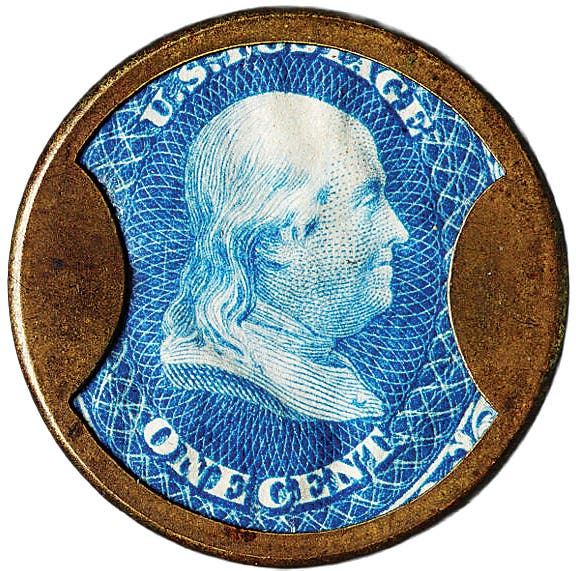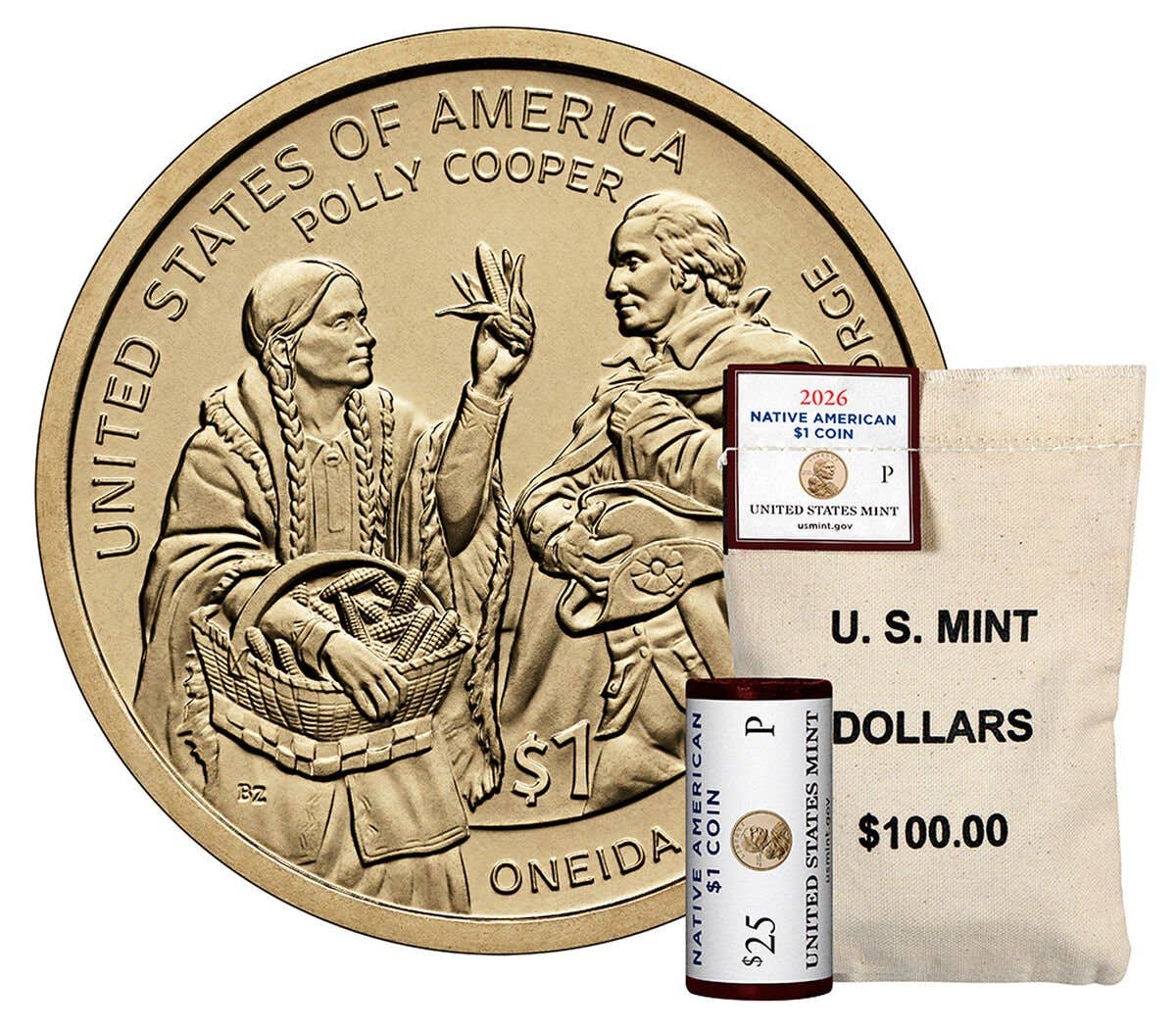Letters to the Editor (January 22, 2019)
Royal Canadian Mint now collecting sales tax Back in 1987 the Commonwealth of Massachusetts passed a law which exempted from Massachusetts sales tax purchases of precious metals, collectible coins and…
Royal Canadian Mint now collecting sales tax
Back in 1987 the Commonwealth of Massachusetts passed a law which exempted from Massachusetts sales tax purchases of precious metals, collectible coins and sets, which total $1,000 or greater. They left in place the Massachusetts sales tax on purchases of $999 or less.
The Royal Canadian Mint since then has not charged the Massachusetts state sales tax, but it has paid the tax to Massachusetts on behalf of its customers. Recently the Royal Canadian Mint began taxing orders shipped to Massachusetts, and was that ever a shock.
When I looked into the issue, it immediately occurred to me that the way that this tax law is written is highly discriminatory against those least able to pay the tax: Kids and low income earners and families. It might take a kid a whole year to save up for a Canadian proof set or commemorative coin.
Why should the most able to pay be exempted from paying sales taxes? Why tax proof and commemorative coin sales at all?
It’s not like the Commonwealth of Massachusetts is going to go broke if they exempt all coins and precious metals form sales taxes. Governor Charlie Baker has already said that Massachusetts has a $1 billion surplus of cash. So why is Massachusetts ripping off coin collectors and kids at that?
So I checked with the U.S. Mint: The U.S. Mint does not charge state sales taxes. So now the Commonwealth is discriminating against the Royal Canadian Mint, too, by not taxing the tax-exempt U.S. Mint.
To be fair to Massachusetts, there is a small number of states in the Union that mimic Massachusetts collectible coin tax policy, albeit at different levels, but not more than a handful of states. The Massachusetts law is supposed to apply to all entities shipping into Massachusetts but, like a lot of government, this tax policy doesn’t work too well. It appears that the Royal Mint in London does not collect Massachusetts sales tax and remit.
Could we all get on the same page and cease taxing collectible coins from the various mints?
John Zokowski
Hatfield, Mass.
U.S. Mint didn’t shut down with government
Another publication says the Mint is fully functioning during the government shutdown because of a public Enterprise Fund which derives its revenue from the seigniorage, or what they charge the Federal Reserve.
So why does everyone complain about the cost of manufacturing the one cent coin? We pay one cent at the bank!
Maybe I’m dense.
That ought to get the readers going.
Name withheld
Reader sees 2017 $1s, $20s while working at bank
My name is Derek Higgins and I was just wanting to give you some of what I’ve been seeing in regards to Series 2017 currency here in Moscow, Idaho, (where I currently live). I work at US Bank and manage the vault cash for our branch. We regularly do change orders for local businesses and go through a fair amount of cash.
My first Series 2017 currency I found was back in September and it was the $1 from the San Francisco Federal Reserve District. So far, most of the 2017 currency I have found has been of the $1 variety. I have seen New York (2), Atlanta (6), St. Louis (8) and San Francisco (12) in the $1 variety and Cleveland (4), and Atlanta (6) in the $20 variety.
I have not seen any 2017 $10 bills so far. Of the $1s, San Francisco has been far and away the one I see the most with St. Louis coming in second. For the $20s I have only seen about a half dozen so far between the two districts I’ve mentioned.
Hopefully this helps with what you’ve been seeing and hearing from others. Thanks for all you do, I really enjoy reading your articles and learning about what’s going on the world of numismatics.
Derek Higgins
Moscow, Idaho
Year-end forecasts come from inner self
I’ve been in contact with my inner self and these are the things (he) sees for 2019.
The debate to eliminate the U.S. cent and dollar and $2 bill will continue to be like the weather: “Everyone talks about it, but nothing is done about it.”
Rounding up or down will continue to be discussed in the same manner as the first prediction.
The melt value of all precious metals will bounce around like a rubber ball, but values will not bottom out to match the face value of the minted noncirculating legal tender.
The U.S. government will persuade the Crane Paper Company to switch to polymer for longer lasting currency.
Former President George H.W. Bush will appear on the U.S.’s first bi-metallic $2 (or $2.50 quarter eagle) coin, rivaling the Canadian Tooney.
All numismatists will enjoy their collections.
Bill Tuttle,
Cleveland, Ohio
Innovation dollar design needs legislative correction
The new innovation dollar obverse is nice but it doesn’t really look like a coin per se without all of the usual writing. I fault not the designer but the legislators. It needs Liberty and the date. Otherwise the Statue of Liberty design looks very nice. But seeing that dollar sign and a 1 make the coin look cheesy.
Can you imagine the Saint-Gaudens $20 gold coin with a dollar sign and a 20 on the obverse? The legislators need to revisit this and amend the requirements for the obverse at the very least. The $1 would be fine on the reverse. Our Bicentennial coins carried all of the writing including E PLURIBUS UNUM. The Innovation dollars could be done the same way and still look nice. We have dumbed down the obverse of the quarter so much that congress thinks coin collectors will accept anything these days.
Wayne Pearson
Union City, Ind.
Address letters to Editor, Numismatic News, 5225 Joerns Drive, Suite 2, Stevens Point, WI 54481. All letters must be signed and include a return address. Numismatic News reserves the right to edit all letters. E-mail should be sent to david.harper@fwmedia.com. Include your city and state in
your email.
This article was originally printed in Numismatic News. >> Subscribe today.
If you like what you've read here, we invite you to visit our online bookstore to learn more about Strike It Rich With Pocket Change.









